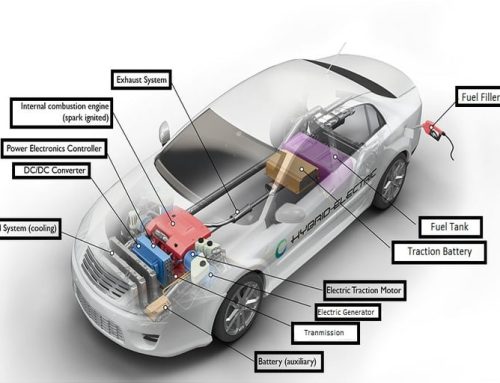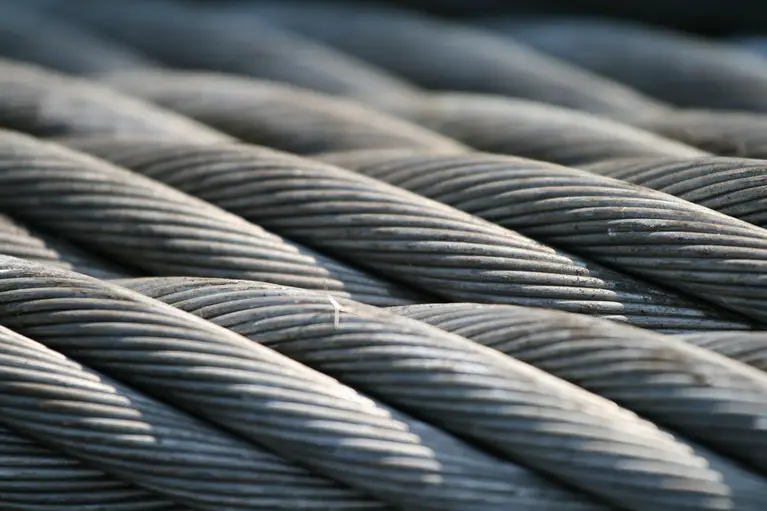
Metal is an important material in today’s fast-growing world. They are getting used in various sectors rigorously like Building construction, Ornaments, Clothing, Road and Highways construction, Farming, and many more. Every metal has its own unique properties. Some of them have good tensile strength where other has good yield resistance and some have both. Strength is the most considered property when choosing a metal.
Type of strength inside a metal:
To determine the strongest metal on earth, we need to categorize the metals based on their strength. A metal has various strength properties. These are given below.
- Tensile strength
- Compressive strength
- Yield strength
- Impact strength
Tensile strength:
Tensile strength is the material ability to resist tension. It is the amount of strength required to stretch or pull the metal. It is measured in pounds per square inch (psi). Tensile strength reflects the maximum load a material can support without breaking.
Compressive strength:
Compressive strength shows the ability of the metal to withstand being squeezed or compressed. It is tested using external forces that place pressure on the material.
Yield strength:
This refers to the metal’s ability to withstand permanent deformation. It is the elastic limit of any given material, including metals.
Impact strength:
Impact strength determines how much energy a metal can absorb without fracturing or shattering.
Known strong metal on Earth:
Based on these strengths in mind, here are some of the strong metals you can find:
Tungsten:
Tungsten is a Swedish word, which means “Heavy stone”. It was identified as metal in 1781. Tungsten has the highest melting point (3695 K) and vast tensile strength (142000 psi) of any naturally available metal. This metal is commonly used to make bullets and missiles, manufacture paints, create bulbs and vacuum tubes, make glass and metal seals, and make cutting tools due to its hardness. Tungsten is the strongest metal in the world.
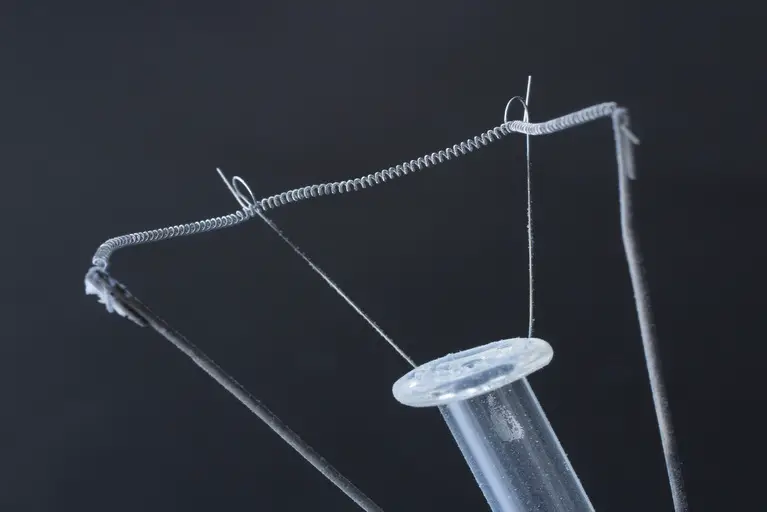
Tungsten as Bulb filament
Steel:
It is not natural metal. Steel is made by mixing two elements Iron and Carbon, and also contains a small amount of manganese, sulfur, silicon, and phosphorous. It is the second strongest metal. Carbon steel contains a higher amount of carbon, making it stronger than other sleet alloys.
As of now steel is being used in most of the construction works such as roads, appliances, buildings, stadiums, skyscrapers, airports, and for reinforcing concrete structures
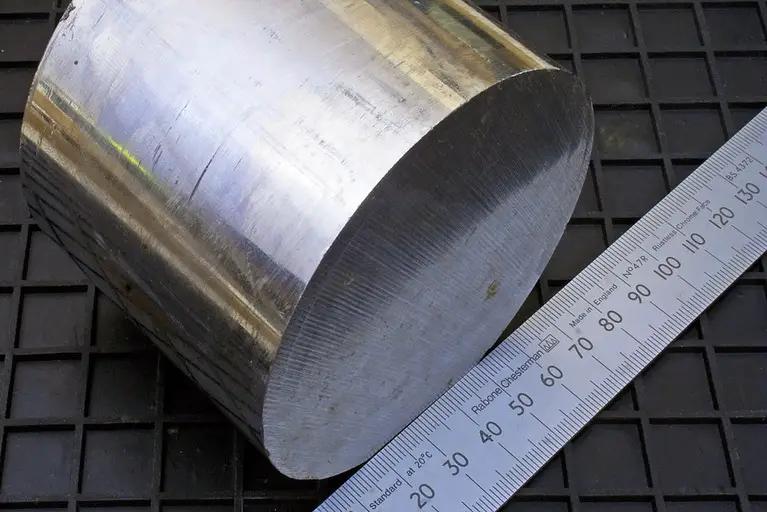
Steel
Chromium:
Chromium is a hard, steel-gray metal. It is often used as a mixing element for making stainless steel. Due to its hardness and corrosion resistant properties chromium is used in the plating of heavy machinery.

Chromium – Lustrous Metal
Titanium:
It has the highest strength-to-density ratio which makes titanium a low weight and high tensile strength metal on the Earth. Titanium is commonly used in the aerospace market, in art and agriculture, in medical devices, and in various everyday products like low-weight tools.
Titanium is corrosion-resistant. When titanium comes into contact with oxygen, it forms a thin layer of titanium oxide (TiO2) on its surface, which protects titanium from corrosion caused by most acids, alkaloids, pollution, and salt water. This anti-corrosive property makes it the ideal material for aircraft, but also for undersea components that are exposed to high pressure and salty water. Most of the time ship propellers are made from titanium.

Titanium
Iron:
Everybody is familiar with Iron. It is the most abundant element on the planet Earth. Iron is used to manufacture steel and steel alloys. Besides this Iron is frequently used in making bridges, electricity transmission towers, buildings, and industrial equipment.
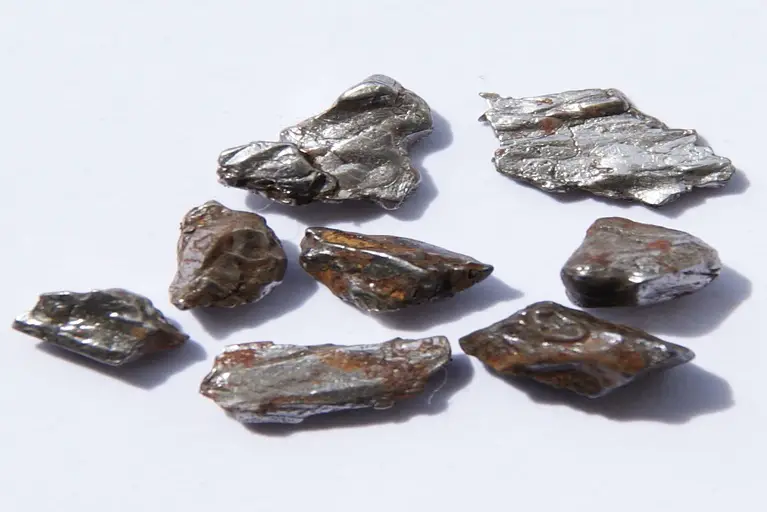
Iron
Osmium:
Osmium is high high-density metal and it occurs naturally in the world. Instead of high density, it is very brittle, so it is typically used sparingly in alloys. We can find osmium in some electric circuit components.
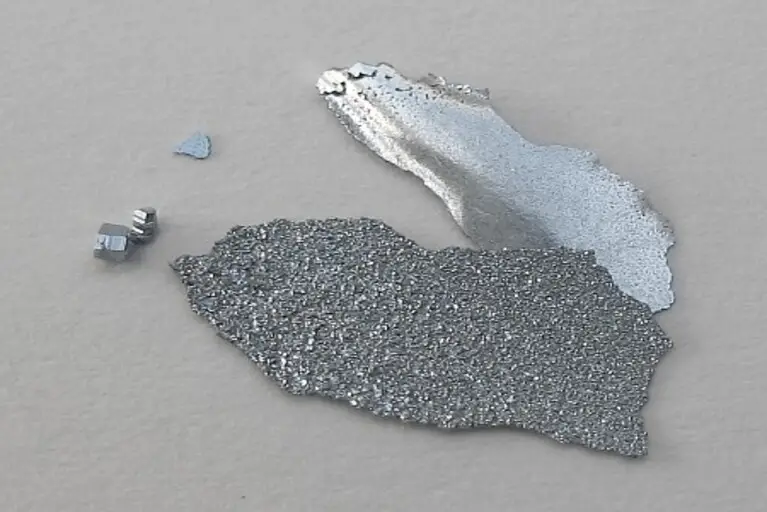
Osmium
I hope you found this article helpful. Thanks for reading. See you soon with another exploration!




